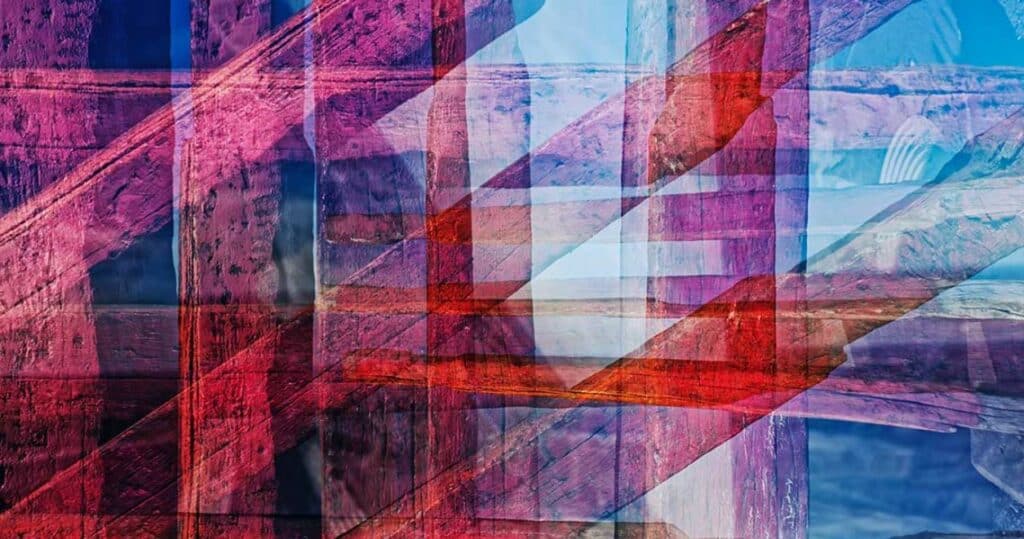In this article” 10 Fascinating Cultural Masks from Around the World” .Masks have been a big part of how people show who they are and what they think for a very long time. For real, they’re very interesting ways to learn about the cultures of people all over the world. I’d like to talk about some cool masks from around the world. People use these masks in very important events and celebrations, which makes them very special.
Imagine putting on a mask that tells a story about your past and culture. That is what these masks do! People use them to celebrate and remember their customs. They’re like bright treasures.
Read more: 9 Best Cultural Influences Cinema
List of 10 Fascinating Cultural Masks from Around the World
Let’s talk about cool face masks! We can be someone else and learn about other cultures from the past and the present by putting on these masks. They’re really hard! People wear these masks to art shows, parties, and church. Each one has a cool story behind it. We’re going to look at ten beautiful masks from around the world today!
Venetian Carnival Masks

Key Aspects:
- Origin: 13th-century Venice, Italy
- Purpose: Concealment of identity during social events
- Cultural Significance: Symbolic of breaking down social boundaries
People in Venice wear special masks that make the funfair a lot of fun. These masks are very old, and they look cool with feathers and other images on them. These masks have been worn in Venice for a very long time, since the time of knights and castles.
At the funfair, masks are like playing dress-up. A short time where we can act like someone else! It’s like a big game where there are no rules and we can be silly and have a great time.
Mexican Day of the Dead Masks

Key Aspects:
- Origin: Mexico
- Purpose: Honor deceased loved ones, celebrate the cycle of life and death.
- Cultural Significance: Blend of indigenous beliefs with Catholic customs. Represents the importance of remembering and celebrating the deceased.
Day of the Dead is a big and happy holiday in Mexico. It’s a time to remember family and friends who have died. During this time, we wear pretty masks called calacas and calaveras. These masks look like skeletons and are bright and scary. They’re not scary, though. They make us happy and thankful instead.
These masks are kind of like a big party for our loved ones who have died. We believe that life is like the seasons: it goes around and around. Day of the Dead is like a big party for love and life in this way.
African Tribal Masks

Key Aspects:
- Origin: Various African countries
- Purpose: Used in ceremonies, rituals, and storytelling
- Cultural Significance: Represents tribal histories, spirits, and social roles
In African civilizations, there are unique masks that are utilised in ceremonies and tell stories by telling stories. Every single mask is unique and reveals a variety of information, including beliefs, history, and stories. In addition to their aesthetic value, the masks hold a significant significance for the people of Africa.
They assist us in remembering our history and what we are today. Our culture and beliefs are represented by the masks, which feature a variety of fascinating designs and patterns. In a way that is reminiscent of unique gems, they demonstrate the inventiveness and singularity of African cultures.
Japanese Noh Masks

Key Aspects:
- Origin: Japan
- Purpose: Theatrical Performances, Character Portrayal
- Cultural Significance: Emblematic of Japanese Artistic Refinement
Japan has unique masks called noh that players wear in plays. It’s been more than 600 years since they were first seen. In noh shows, which are plays, these masks are very important. They make people look calm and peaceful. Like a magic wand, they help actors become different personalities. This makes the story seem more real.
Careful people pay a lot of attention to every little thing when they make these masks. Every mask is unique and has its own story to tell. They make players into different characters when they wear them.
Native American Hopi Kachina Masks

Key Aspects:
- Origin: North America, Hopi Tribe, Arizona
- Purpose: Used in religious ceremonies, representing ancestral spirits
- Cultural Significance: Preserves and honors Hopi cultural and spiritual beliefs
For the Hopi people, kachina masks are very important. They’re like really important pictures of our ancestors that we use in special events. We don’t just look at these masks; they are magical memories of our past that we keep safe and give to our children and grandchildren.
These masks remind us of treasure boxes full of stories. They have pictures and words that explain our old ways, what we think, and things about nature. They help us remember things and learn new things about the world around us.
Balinese Topeng Masks

Key Aspects:
- Origin: Indonesia
- Purpose: To represent characters in Balinese dance dramas and storytelling.
- Cultural Significance: Integral to Balinese culture, these masks are a vital part of traditional storytelling and performance art.
Masks called topeng are very important in Balinese dance stories. In turn, they help us show what kinds of people and how they feel. Not only are these masks pretty, but each of the bright colours on them has a special meaning in Balinese culture and stories. Every mask has a cool story about a figure from a story, a fairy tale, or just everyday life.
In Bali, making topeng masks is a really cool job that people have done for a very long time. They make sure that each mask looks just right for the figure it stands for. The big faces and fancy hats on a topeng mask are all hand-made with love to show how the person feels or what kind of person they are.
Chinese Peking Opera Masks

Key Aspects:
- Origin: China
- Purpose: Represent character traits
- Cultural Significance: Integral to Peking Opera performances, reflecting traditional character archetypes
I really enjoy a certain kind of Chinese art called Peking Opera. It has these cool masks that let us know how the actors are feeling and what they’re like. Each mask is like a code that lets us know if someone is brave, mean, smart, or fun.
These masks are more than just pretty; they tell stories like art with a lot of small details. They have actors play well-known people from stories or events. The faces, shapes, and colours on these masks tell us how the actors feel and what they want to do without their words.
Native Alaskan Yup’ik Masks

Key Aspects:
- Origin: Alaska, USA
- Purpose: Ceremonies, storytelling
- Cultural Significance: Reflects animal and spiritual connection
Alaska’s Yup’ik people use natural materials like wood, fur, and feathers to make unique masks. For the Yup’ik people, these masks are more than just pretty. They hold a lot of meaning. Each mask has a story to tell, like one about an animal or spirit that is important to the Yup’ik way of life and their relationship to nature.
These masks are very important in Yup’ik rituals. They help people connect with ghosts and old knowledge, kind of like magic. For good luck, to talk to ghosts, and to teach younger people about their customs, people use them. Masks with pictures and designs on them show a lot about Yup’ik history, beliefs, and love for nature.
Brazilian Carnival Masks

Key Aspects:
- Origin: Brazil
- Purpose: Celebration and Entertainment
- Cultural Significance: Reflects the festive and passionate spirit of Brazilian culture
We see beautiful masks at the Rio Carnival! They’re not like other masks; they’re very bright and have lots of cool images on them. A lot of different coloured feathers, glitter, and bright paint are on them. Party in Brazil is a lot of fun and happiness, as these masks show!
Every mask has its own story. They show cool things from Brazil’s history and all the cool cultures that make Carnival so much fun. There are masks that look old and masks that look new and fancy. All of them show how much fun and joy the Carnival is.
Tibetan Cham Masks

Key Aspects:
- Origin: Tibet
- Purpose: Used in Tibetan Buddhist ceremonies to represent protective deities
- Cultural Significance: Symbolize spiritual beliefs and serve as a connection to ancient traditions
In Tibet, we dance with masks that are just for us. In Tibetan Buddhism, these masks are very important because they have a lot of meaning. During events, they show strong gods who watch over us. It feels magical and important to connect with something when we dance with these masks on.
The masks are more than just pretty; they also have important meanings. They’re unique because they have scary faces and cool decorations on them. We are amazed and touched by these masks because they tell us of something very important and strong.
Read more: 10 Famous Influential Cultural Movements in Fashion
Verdict
Masks are like fancy clothes that people wear for fun or to remember important events from the past. I really like the masks that people wear to the Venetian Carnival, which is a big party. Some are about important customs, like the masks that Tibetans wear to the Cham holiday.
Feel free to share this article with your friends on Facebook and X (Twitter) if it helped you learn something. Here’s to continuing to celebrate how art can change our lives and how much it matters to us.





